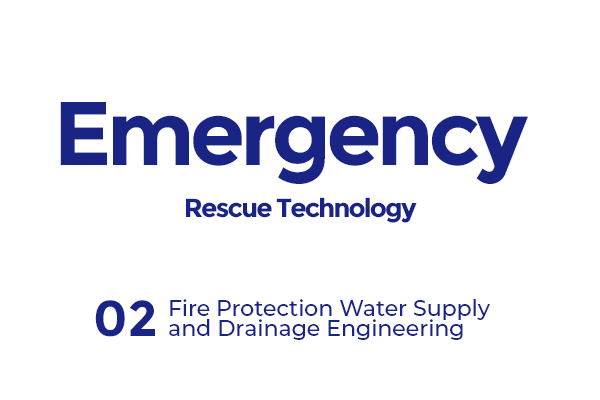TEL:+855 99 294 999
FAX:+855 99 294 999
E-MAIL:catecp@china-asean.cn
Lesson Code: TCEN2025H008
Clicks:
![]()
1. Lecturers LOU MengweiGuangXi Vocational College of Safety Engineering
2. Lecturers XIA JieGuangXi Vocational College of Safety Engineering
3. Lecturers ZENG DemingGuangXi Vocational College of Safety Engineering
4. Lecturers LIU ShujinGuangXi Vocational College of Safety Engineering
5. Lecturers YIN FuchenGuangXi Vocational College of Safety Engineering
6. Lecturers TAN XuehuiGuangXi Vocational College of Safety Engineering
7. Lecturers WEI YihanGuangXi Vocational College of Safety Engineering
![]()
![]()
![]()
1. Corresponding PPT
2. Online Course Video
3. Simulation Question Tanks
![]()


![]()
# Being able to follow fire protection engineering design codes to complete system design option selection, hydrant system design and calculation, as well as construction drawing preparation.
# Knowing the classifications, advantages and disadvantages, application conditions, components, functions, and operational principles of various sprinkler systems.
# Capable of performing design calculations for common open and closed systems, including parameter determination, hydraulic calculations, component selection, and preparation of construction drawings.
# Being proficient in the installation and commissioning of fire protection equipment (e.g., pressure testing for sprinkler systems), construction acceptance, and operation of intelligent systems.
# Being familiar with fire safety regulations and capable of performing risk assessment and emergency response.
# Capable of designing partitioned water supply schemes for different building types (e.g., high-rise or underground structures), troubleshooting system failures, and optimizing operational workflows.
![]()
![]()